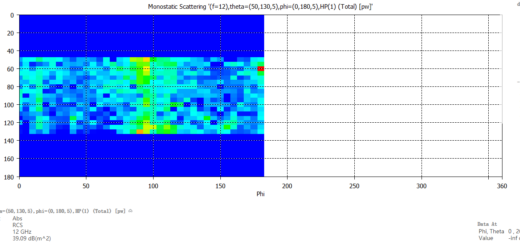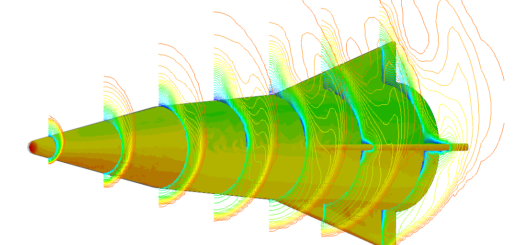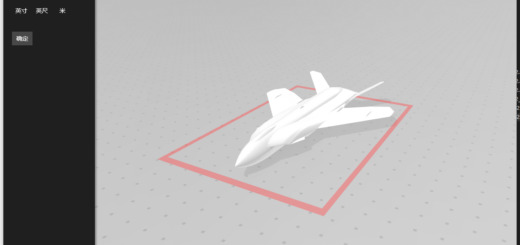用简单方法还原战斗机(J20)的机动性能
Because it quite difficult to make a starting of this, let CHATGPT say something.
Reverse engineering has become an increasingly valuable tool in the field of military aviation, allowing engineers to analyze and replicate the maneuver capabilities of foreign jet fighters. By understanding the underlying design principles and technologies employed by these aircraft, engineers can develop new designs that match or even surpass their performance. In this paper, we will investigate the process of reverse engineering several well-known jet fighters to uncover the secrets behind their impressive maneuverability. Using a combination of technical analysis and real-world examples, we aim to provide insight into the design, engineering, and manufacturing techniques used to create some of the most agile and responsive jets in the world.

K, back to this story. First, take a look at the coefficient of lift of J20. In this case, I don’t know when it gonna be stall. Thankfully, there are some papers that talk about it characters of Lift. In the case of LERX, Cl goes on pretty same with lift line until it stalls. So it is easy to get the ruff data of alpha and Cl by using lift line as a reference.



In the case of J20, J20 has the design at AR=2 .2, and its Clmax is around 2.05.
By comparison, in the paper some of you pretty likes. It gives alpha Cl character of AR=2. With AR=2’s design, it will stall at slightly higher alpha, but due to it lower AR. It ends up with Clmax of around 2 too.

Next one is J20’s lift and drag performance; in this part, I need to estimate it drags. I still gonna go with lift line theory. Remember to Lift line can’t tell when it stalls and how it performs in that case, And take a look of this method’s accuracy.


The first case is comparing lift line to lightning’s wind tunnel data.

Here is another case of comparing lift line to YF16’s flight test data. You can see it works really well with it given the e=0.9064 value, at low alpha. Lift line with e=0.9064 is underestimated it drags in high alpha, and e=0.75 as a general value is not far off. May I can adjust with function to make it works well, but that not today’s story.
Clearly, I don’t know J20’s Cd0. So in this case, let me assume J20’s maximum L/D is around 10, then I can find the only Cd0 value that fits in, which is Cd0 ≈ 0.013. Then we get the answer.

You can see in this curve, J20 due to its smaller AR compared to F16’s AR=3.2, has more drags in the same Cl, making it lose speed faster in this case. But lower Cd0 gives it better performance when it maneuvers in lower G and lifts.
Here what I wanna do is add more variables, and first of all is wing loading. On one hand, lift force creates acceleration depending on its wing area and its mass. A larger wing area and lower mass give it lower wing loading and higher G force, making it can turn around more rapidly. On the other hand, while you calculate its drag, It actually uses wing area as Sref, giving it a larger wing that makes more drag. And if I want to make the difference of relationships of thrust and drag, It only gonna be using wing loading in the normal case, more payloads and more mass won’t make more thrust, And we can assume all air fighters have similar thrust weight ratio in that config and airspeed. I can make it more complex to fit in more variables, but that is another day’s topic, and I think it is just too much for today’s story. Here, it is a quite simple story: let’s say there are two aircraft, and they have everything the same except different wing areas and AR. In that case, lower AR gives it a larger wing area and lower wing loading. It compensates the issue of more drags in the same Cl because when it maneuvers at the same lift, it only requires lower Cl.
Here I gonna use F16 at the normal and maximum take-off of F16 A/C as a comparison. J20 I just gonna use those from random websites because it just nobody knows the true value.



What we can find is that when we consider wing loading it cancels out. In different conditions, F16 and J20 give quite the same performance due to F16 having higher wing loading and J20 is lower.


